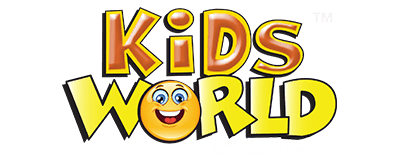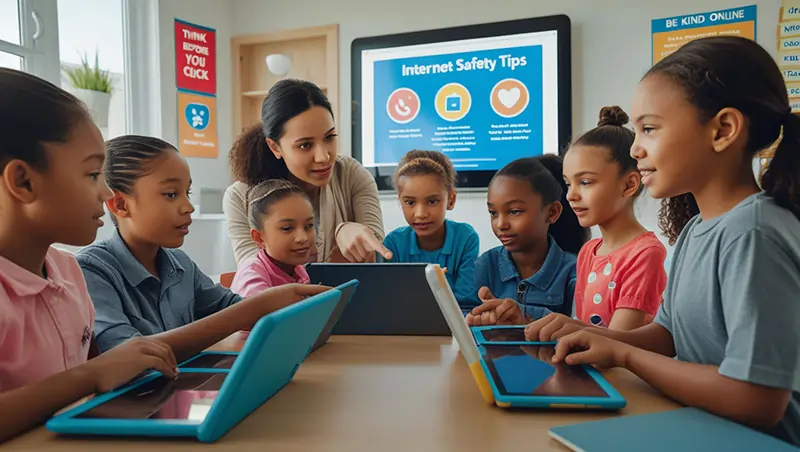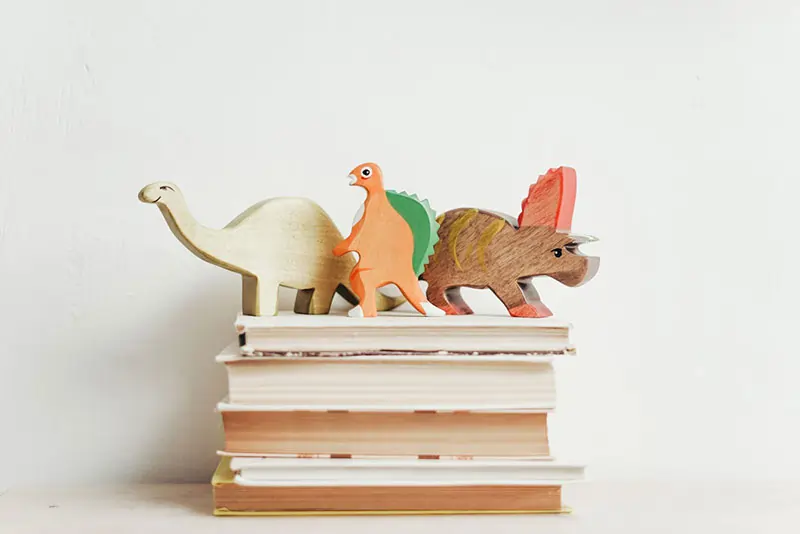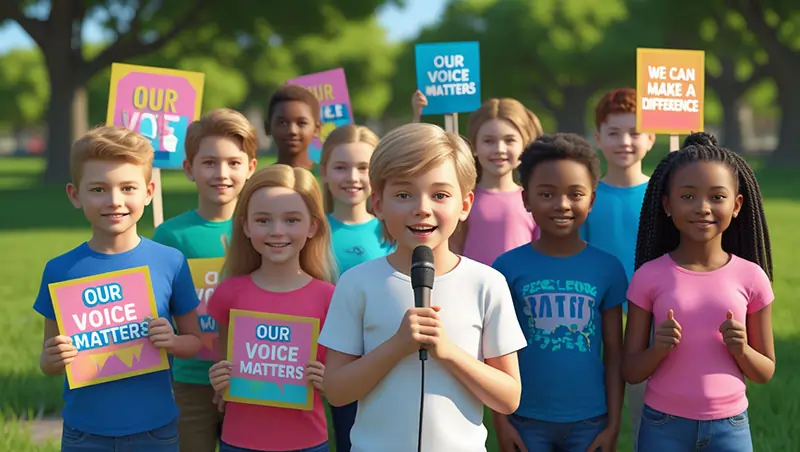Living and Non-Living Things: Teaching Kids the Basics of Life Science
A basic idea in life science for kids is knowing the distinctions between living and non-living entities. This information helps youngsters value the environment they live in and prepares them for more advanced biological studies. This thorough guide for teachers and parents will help them to present this important theme with clarity, originality, and involvement.
1. What Makes Something Living?
First, we must define what life is before we can ascertain whether something is living or non-living. Living entities are those which develop, procreate, and go about different aspects of life. They have metabolism, react to stimuli, and comprise cells.
Life Process Criteria
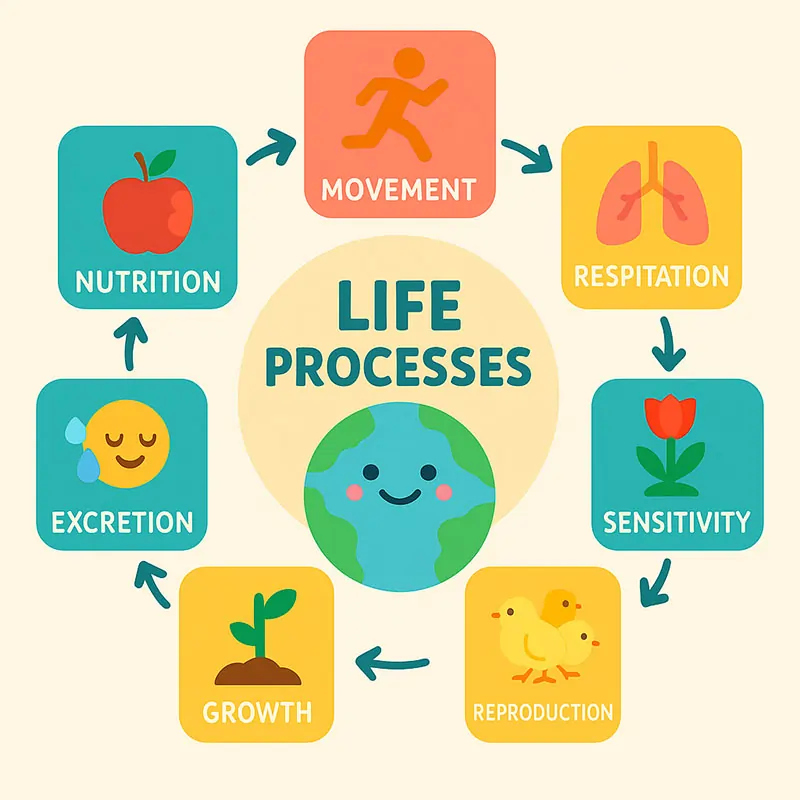
These criteria are often remembered using the acronym MRS GREN:
- Movement
- Respiration
- Sensitivity
- Growth
- Reproduction
- Excretion
- Nutrition
Related reading: Life Cycle of a Plant | Life Cycles of Animals
2. Characteristics of Living Things
Living things share specific characteristics. Here’s a table summarizing the key traits:
Characteristics of Living Things
| Characteristic | Description | Example |
| Growth | Increase in size or number of cells | A seed growing into a plant |
| Reproduction | Ability to produce offspring | A cat having kittens |
| Response to stimuli | Reacts to changes in the environment | Closing of a Venus flytrap |
| Metabolism | All chemical reactions for maintaining life | Digestion in humans |
| Movement | Change in position or location | Bird flying |
| Cellular structure | Made of one or more cells | Human cells under microscope |
| Homeostasis | Maintains internal stability | Sweating to cool down |
Related reading: Classifying Living Things
3. Differences Between Living and Non-Living
It’s crucial to help children identify and differentiate between living and non-living things. Here’s a comparison:
Living vs. Non-Living Things
| Criteria | Living Things | Non-Living Things |
| Growth | Yes | No |
| Reproduction | Yes | No |
| Response to Stimuli | Yes | No |
| Movement | Yes (some visible, some not) | No (unless moved by external force) |
| Energy Use | Yes | No |
| Made of Cells | Yes | No |
| Lifespan | Yes | No |
Living vs. Non-Living
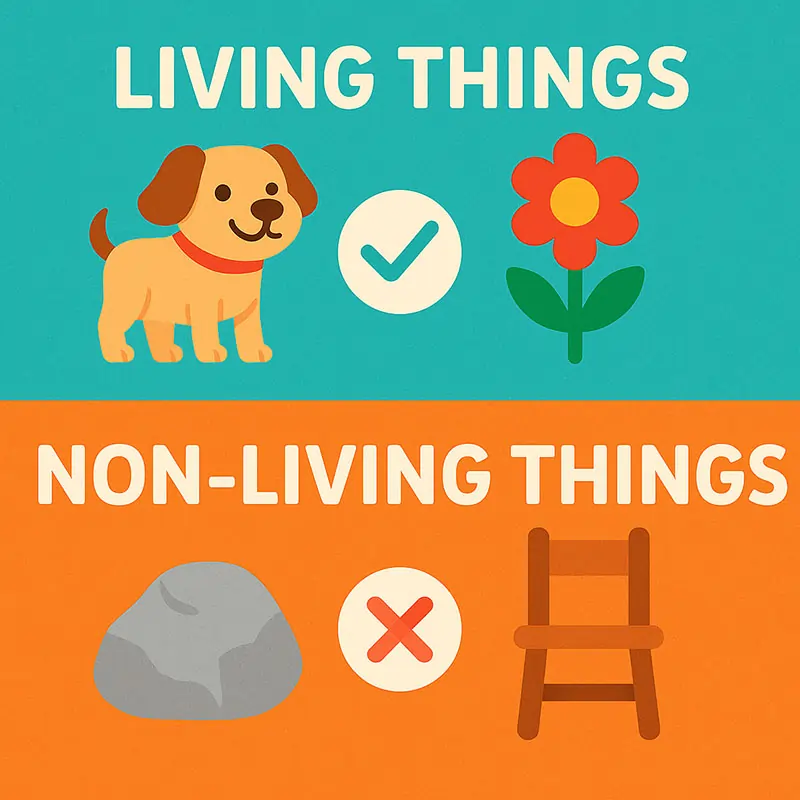
4. Classroom and Outdoor Examples
Bringing real-world examples into learning reinforces understanding. Below are ideas:
Classroom Examples:
- Living: Potted plants, classroom pets like fish or hamsters
- Non-living: Pencils, books, desks
Outdoor Examples:
- Living: Trees, insects, birds
- Non-living: Rocks, water, playground slides
Examples of Living and Non-Living Things in School Environment
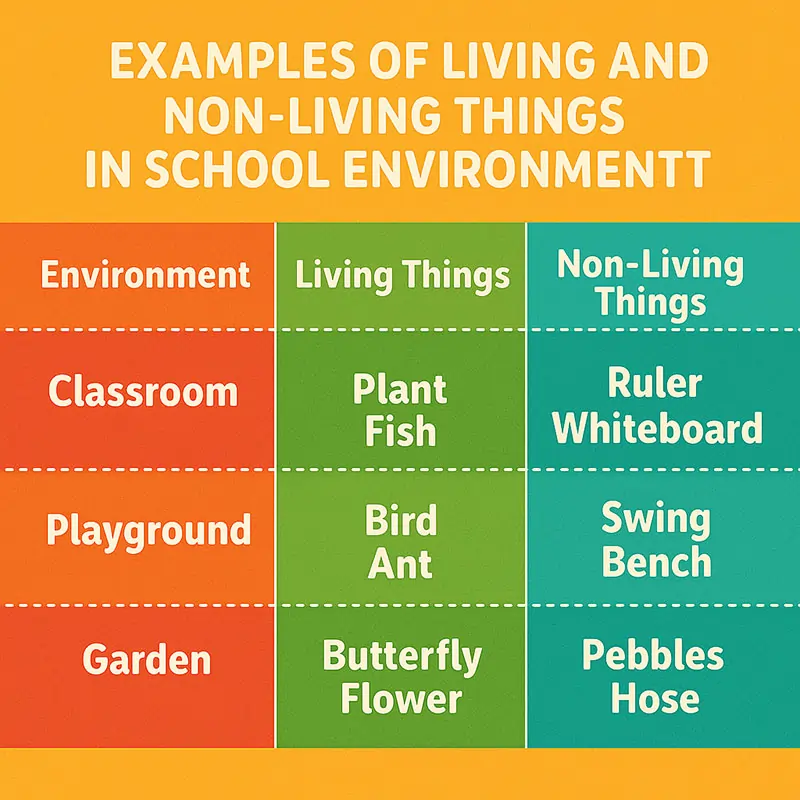
5. Sorting Activities and Worksheets
Interactive learning is key in life science for kids. Sorting games help children visually and mentally categorize items.
Activity: Living or Non-Living Sorting Game
Create flashcards or printouts of different objects and have children sort them into two groups.
Worksheet Sample:
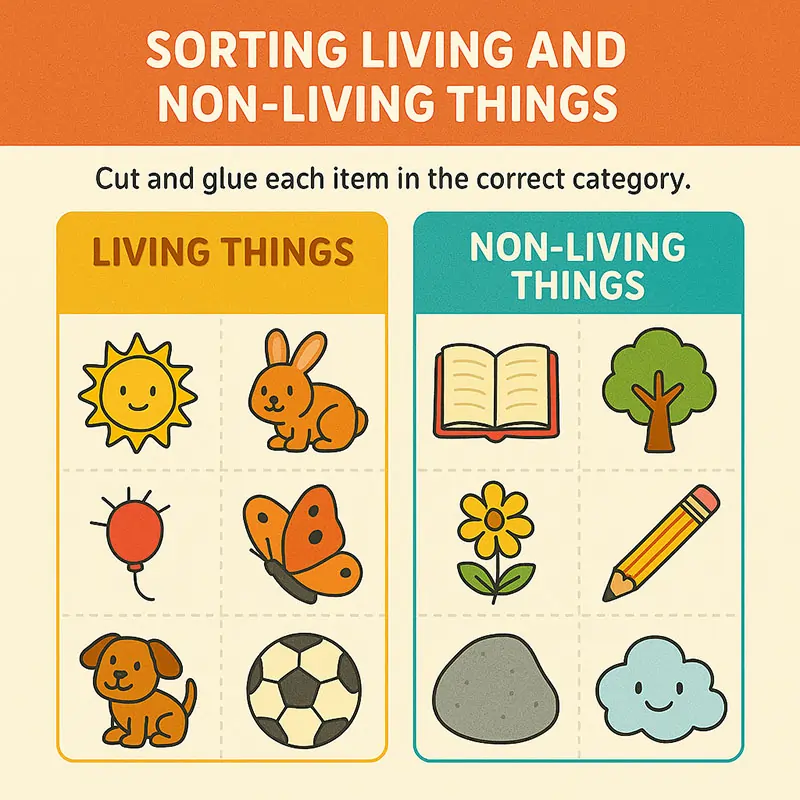
Instructions: Cut and glue each item in the correct category or circle the living things in green and non-living things in red.
Group Activity:
- Have children go on a nature walk.
- Ask them to find 3 living and 3 non-living things.
- Share and discuss findings in class.
6. Real-Life Applications
Understanding living and non-living things can help children:
- Appreciate nature and living organisms
- Take responsibility for pets and plants
- Understand environmental care and sustainability
- Grasp basic health and biology concepts
Example:
- Gardening projects help children learn how plants grow and what they need to survive.
- Pet care lessons teach empathy and the biological needs of animals.
Needs of Living Things
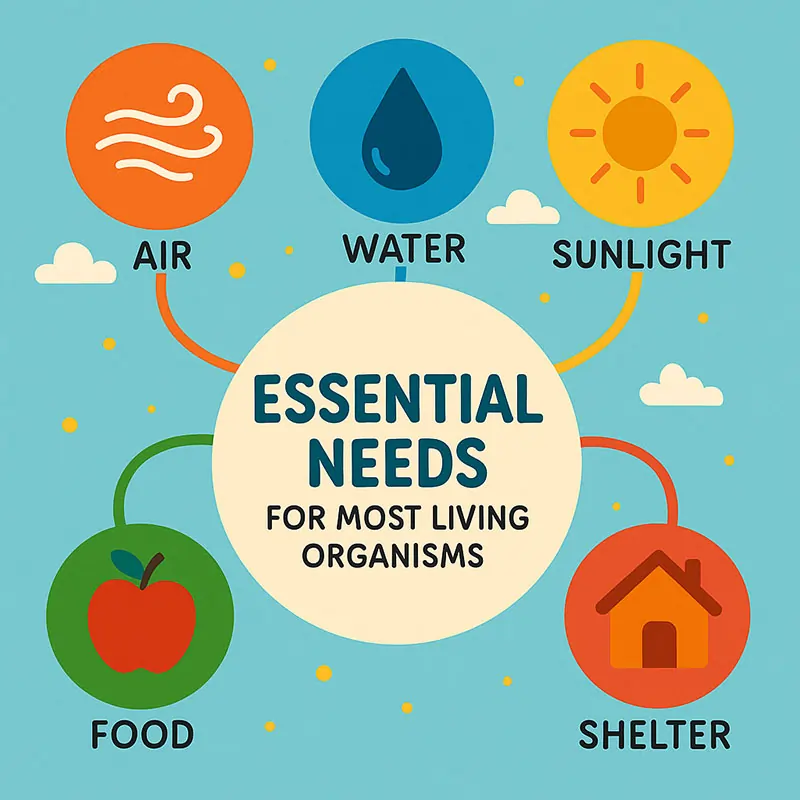
7. Fun Facts and Recap
Fun Facts:
- Though microscopic, bacteria are living entities.
- Because they cannot reproduce on their own, viruses are not entirely living.
- Some seeds can lie dormant for years and yet grow under the right conditions.
Recap Table
| Topic | Key Points |
| Living Things | Grow, reproduce, respond, use energy, made of cells |
| Non-Living Things | Do not grow, reproduce, or respond; not made of cells |
| Sorting Activities | Help kids apply and visualize concepts |
| Real-Life Applications | Gardening, pet care, recycling, environmental awareness |
8. Interactive Quiz
Quiz: Living or Non-Living? (Choose the correct option)
- Which of the following is a living thing?
- Rock
- Dog
- Pencil - What is NOT a characteristic of living things?
- Movement
- Breathing
- Being made of metal - Which process allows living things to produce offspring?
- Growth
- Reproduction
- Respiration - Is water a living thing?
- Yes
- No - Which of these can respond to their environment?
- Sunlight
- Balloon
- Cat
Score Your Quiz:
- 5 correct: Great job! You’re a life science star!
- 3-4 correct: Nice work, keep exploring!
- 1-2 correct: Let’s review and try again!
Answer Key:
- Dog
- Being made of metal
- Reproduction
- No
- Cat
One interesting approach to expose youngsters to the larger field of biology is teaching them the fundamentals of life and non-living entities. Life science for children can be entertaining as well as instructive with fun facts, interesting projects, and interactive tools. The journey of discovering life starts here, in a classroom, garden, or playground!
Learn Science Through Fun – Explore the wonders of science with fun and exciting experiments!
